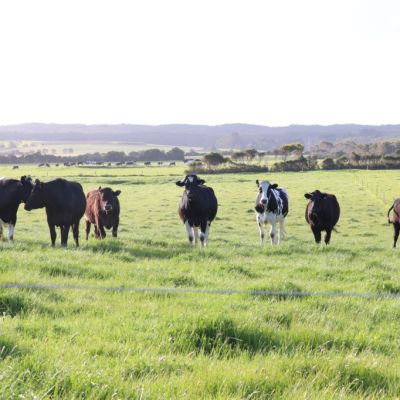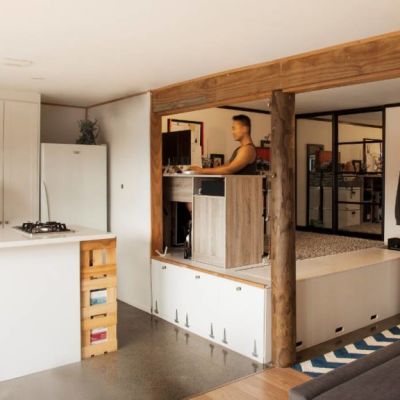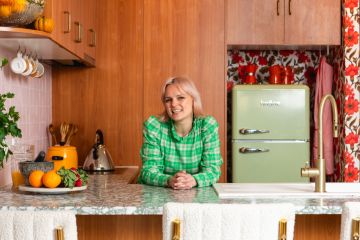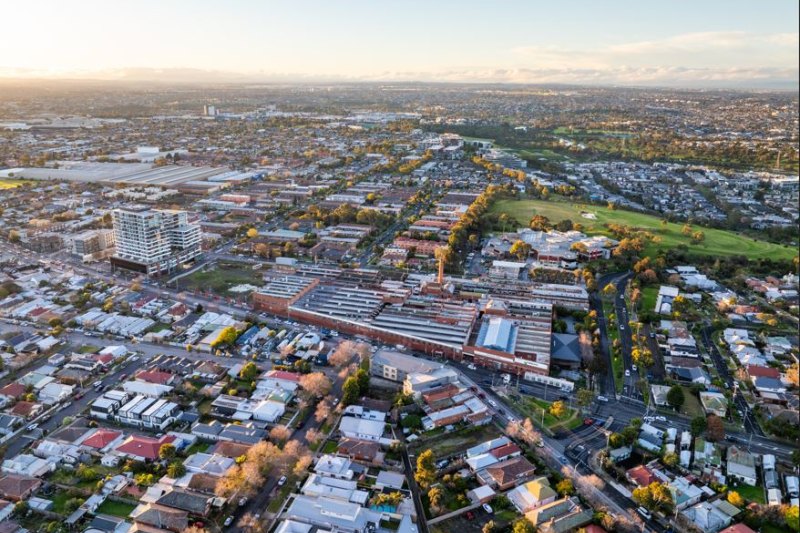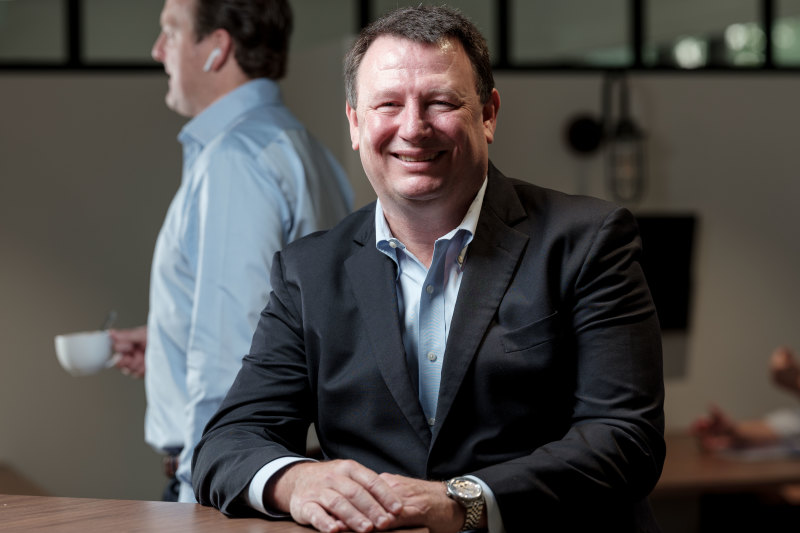'It will be an adjustment': The things no one tells you about alternative living
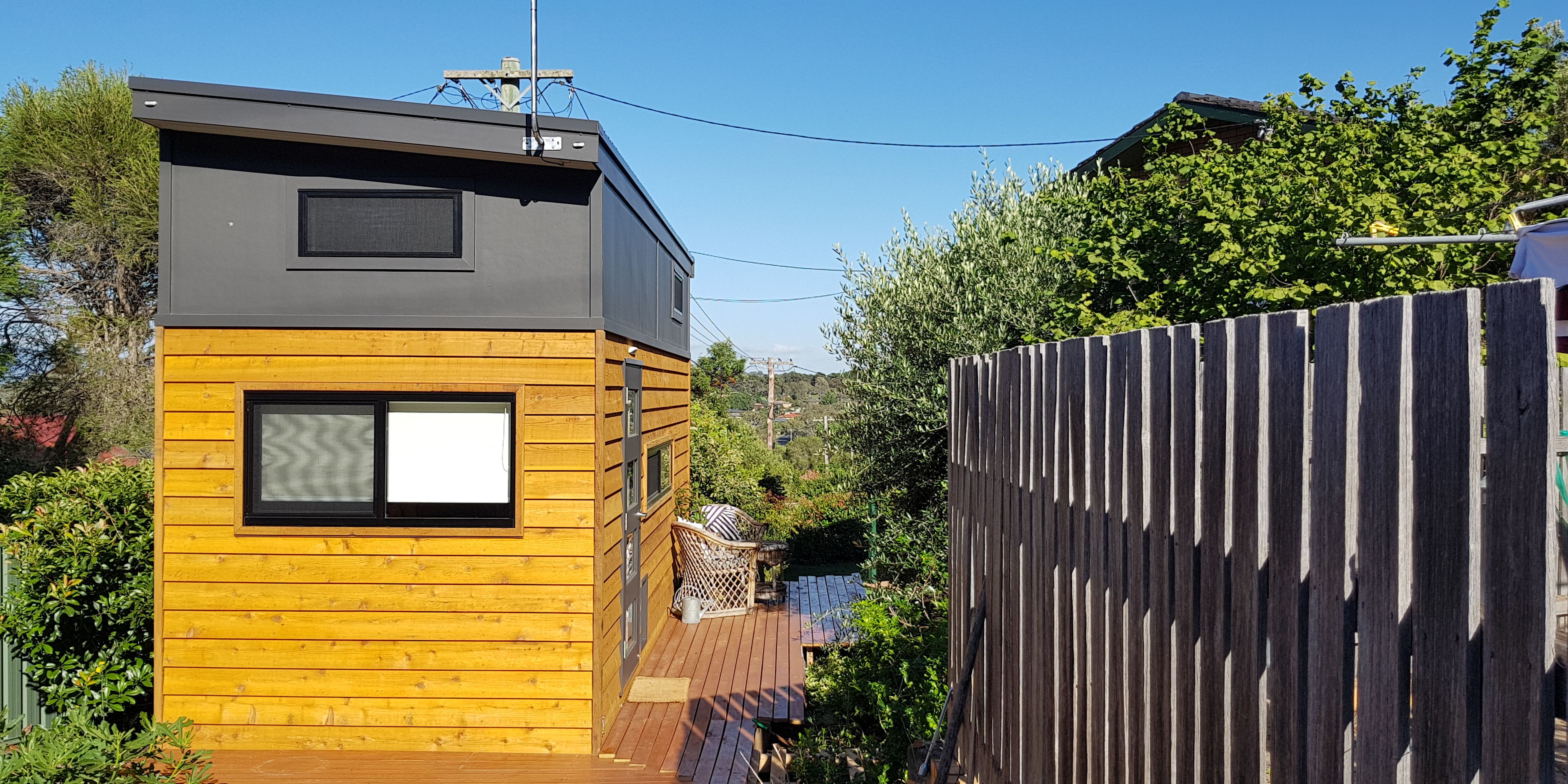
It’s the kind of lifestyle that’s saturating social media: a movement towards alternative living that is gaining traction with every tiny home built and van re-purposed.
While few find themselves regretting making their dream a reality, that’s not to say that alternative living isn’t without its harder aspects.
Those who made the move – to the road, into their own straw home or inside a custom-built tiny house – have shared what no one tells you about changing your lifestyle so dramatically.
Logistics
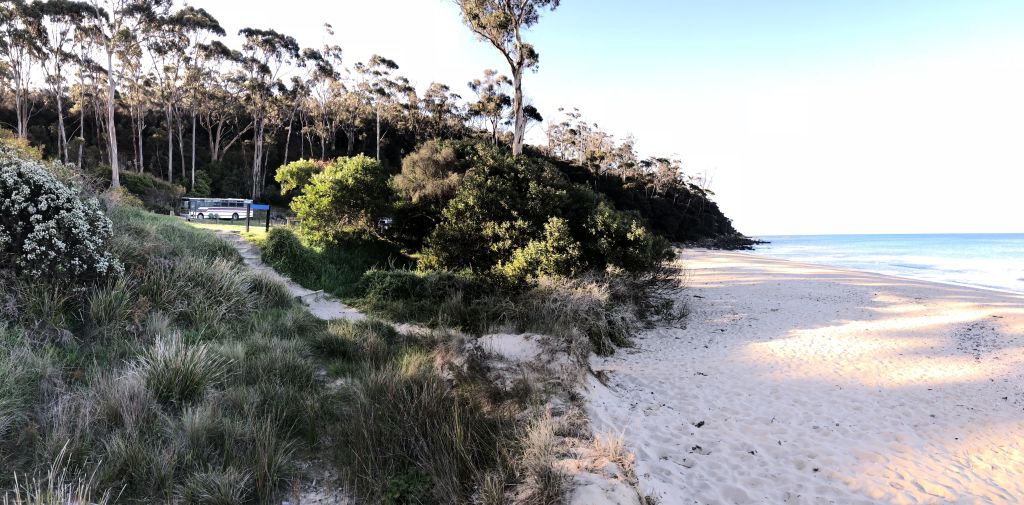
For Laura Banks – who in 2015 converted a bus into a home with her husband Matt – a home on wheels means every day, you need to find somewhere to park it.
“Figuring out where we can park and stay, particularly in the city, and factoring in where we can dump grey water and take on fresh water along the way [is the hardest part of living in the bus],” she says.
“I think both of us didn’t fully comprehend the mental energy that goes into deciding where we park. If we need to go into town to do some jobs, for example, we can’t just assume we can rock up and find a suitable park.
“Similarly when deciding where to park overnight, it has taken us some time to figure out different spots that work for us. This is especially true if you are basing yourself in one area a lot of the time, as we currently are for Matt’s work commitments. We have found a balance now between RV parks, which have a cost associated with them, and some free camping spots.”
Learning to manage the space
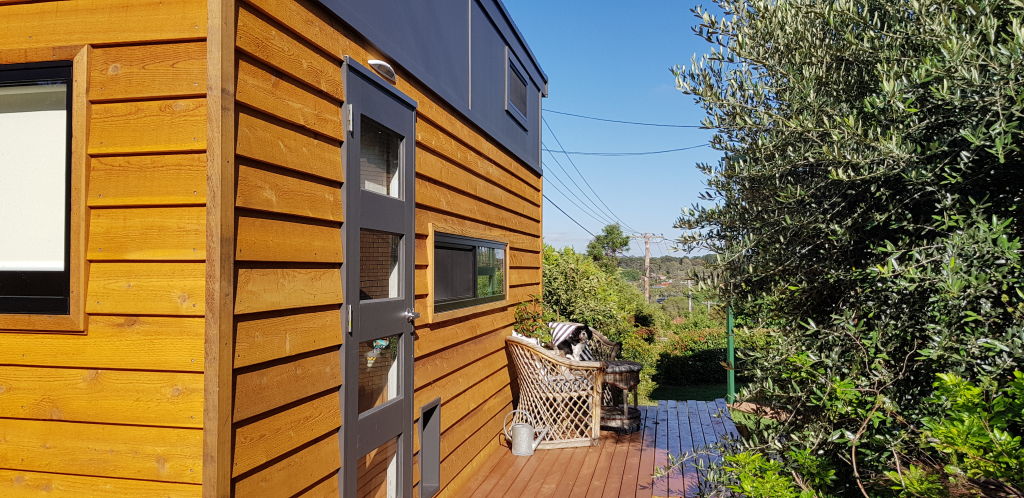
According to Jessica Conway, who built her own tiny home in Canberra, learning to live in limited space takes time to get used to.
“It’s a different way of managing space, so there was a big change in how things are stored (my wardrobe has never been organised so seasonally), what is needed where (things like phone chargers, tissues, books, stationery, lip balm), even how to cook,” she says.
“We’re down to just one hot plate, so there is a bit of strategising on how to keep things warm and ways to adapt recipes that require multiple appliances at once.”
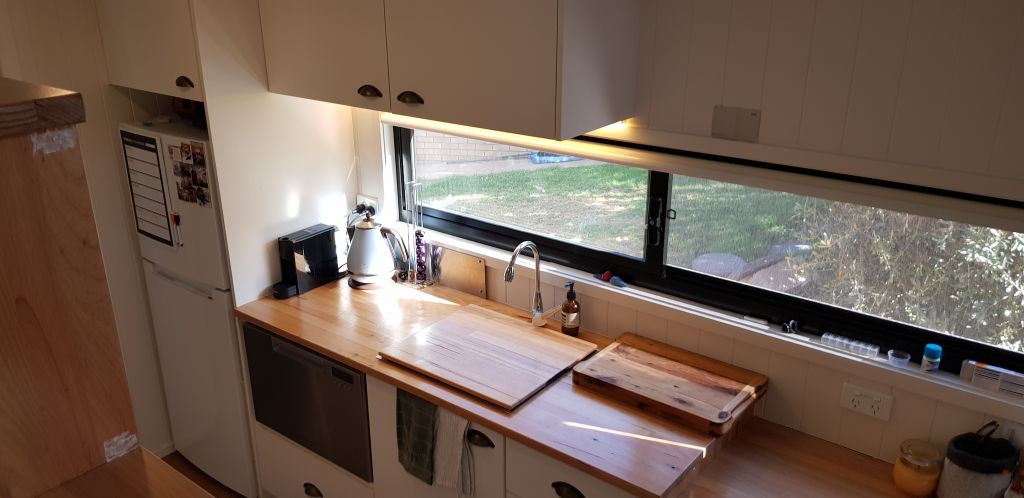
It will be an adjustment
Banks says even though living in the bus was the couple’s “dream” and “goal”, it’s important to remember that living alternatively will “be an adjustment”.
“This was something we consciously decided to do to align with our highest values of freedom and flexibility, and while it is amazing waking up in incredible locations and having that freedom and flexibility, it has still been an adjustment to get used to living this way.
“There have been times we have run out of gas when all I want is a shower, the composting toilet needs emptying, and the power keeps shorting. I have really felt pushed out of my comfort zone and questioned whether we made the right decision. Of course, this doesn’t happen every day, or even every week, but it has definitely been a lesson for me in that even when you are ‘living the dream’ or achieving a big goal there can still be bumps along the way,” she says.
It’s not necessarily cheaper
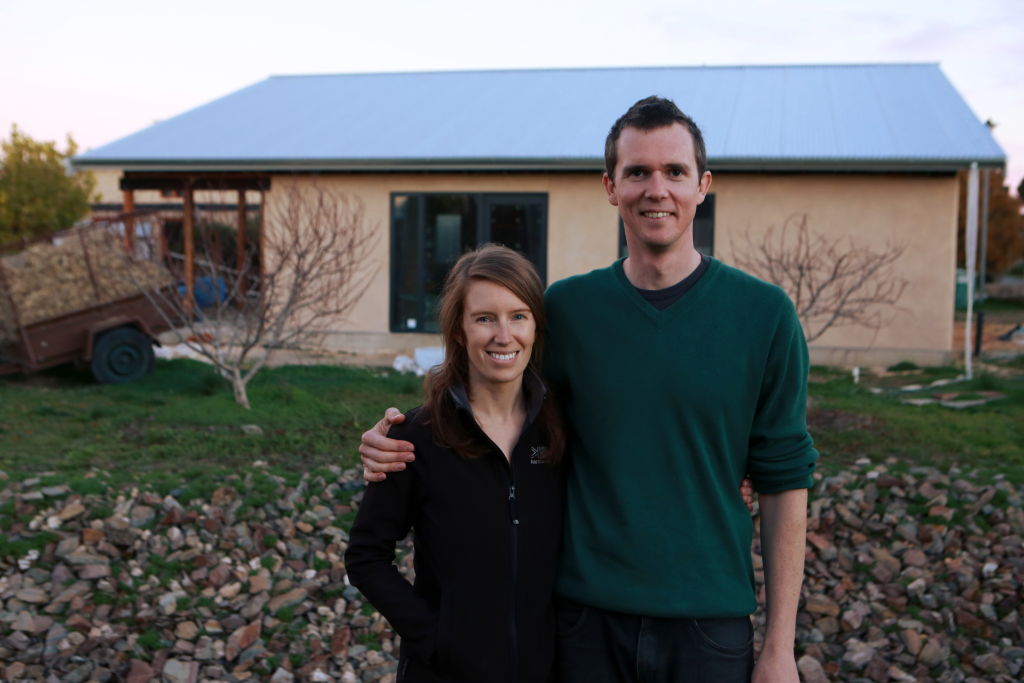
For Sam Ryan and Dani Austin, who last year built their new home entirely out of straw, their dream, environmentally-friendly home doesn’t automatically come cheap.
The couple says having a mortgage is undoubtedly the thing you don’t hear much about with alternative living.
“Even doing lots ourselves and keeping the building and fixtures modest and second-hand, it still costs a lot of money to build a house. There is a misconception out there that building with natural materials, like straw, clay, or hemp, will automatically make the house cheaper. In reality, it can be roughly the same price, but there is more scope to do things yourself and enjoy long-term savings through lower utility bills.”
Be prepared to stand out
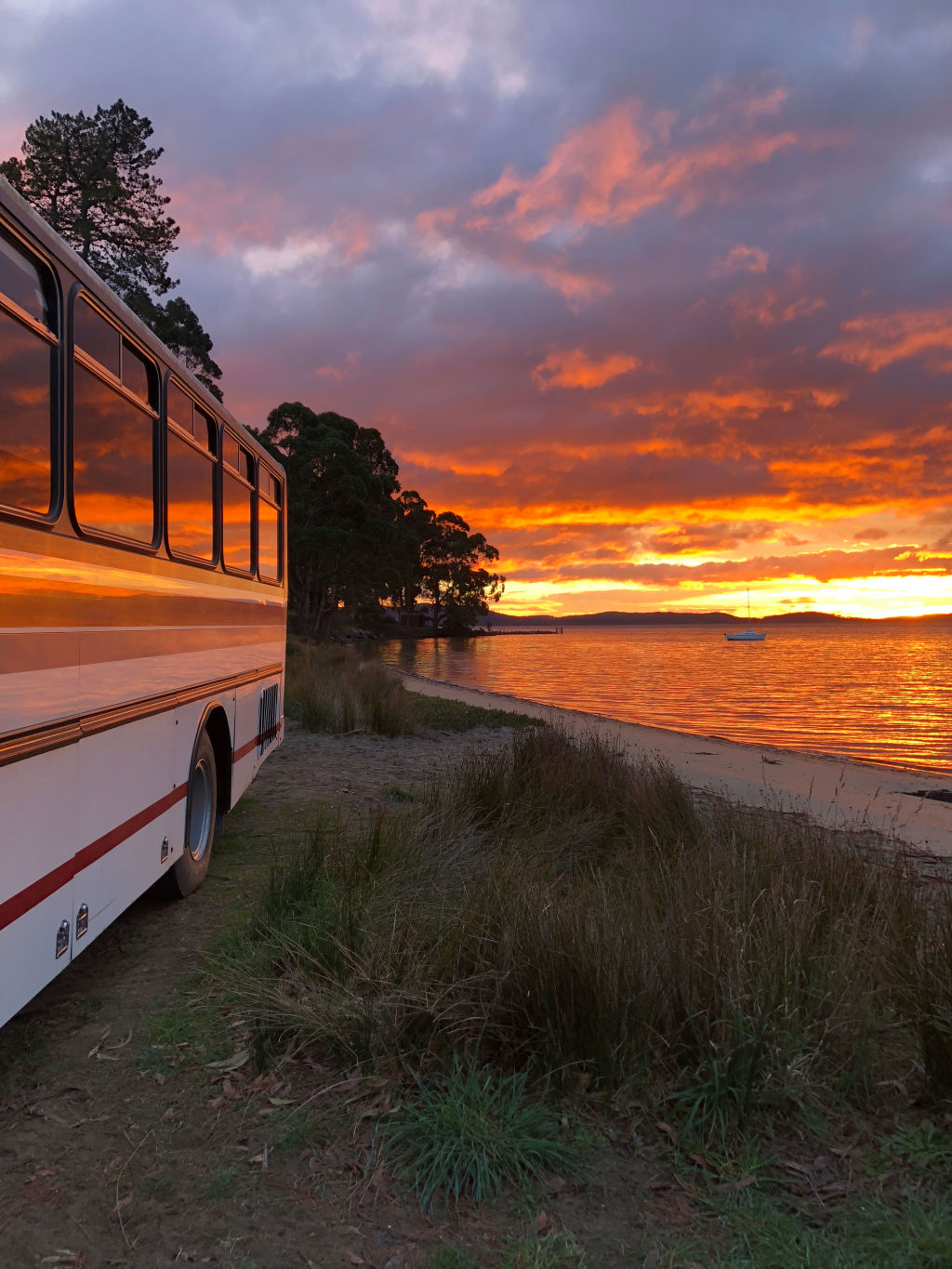
Living in a bus – or living in any way that is different to the status quo – means you might stand out, Banks says.
“Two people, two dogs and a cat living on a bus is not a common sight, and so we get a lot of people slowing down as they drive past or coming to have a look and a chat. It can feel like you are living in a bit of a fishbowl sometimes.”
We recommend
States
Capital Cities
Capital Cities - Rentals
Popular Areas
Allhomes
More
